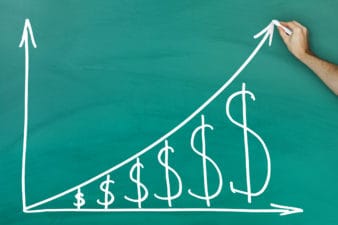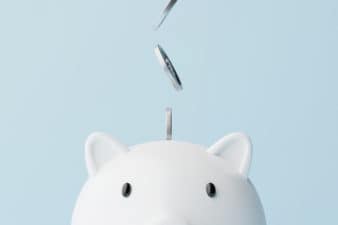The Canada Revenue Agency (CRA) and Service Canada share the task of distributing pandemic money after the Canada Emergency Response Benefits (CERB) in September 2020. The simplified Employment Insurance (EI) and Canada Recovery Benefit (CRB) are the direct replacements of CERB.
Both programs are extensions of the federal government’s temporary response to support Canadian workers displaced because of COVID-19 and continue to be out of work. EI is the lead program, because the government expects more Canadians to qualify with the relaxing eligibility requirements.
However, CRB caters to employed and self-employed individuals, including gig workers, who do not qualify for EI benefits. The taxable benefit amount is the same as CERB (virtually $500 per week), although the payment scheme differs. Also, the program duration is up to 26 weeks, not 28.
Transition to EI
Service Canada administers the EI and will contact all clients who are former CERB recipients to confirm whether they need to apply. In most cases, the transition to EI is automatic. For CERB recipients who got the benefits from the CRA but are EI eligible can apply provided the 28 weeks of CERB have been exhausted.
One exception to the rule that a self-employed individual who is receiving the benefits and has a valid 900-series Social Insurance Number (SIN) can also apply for EI. Recipients must complete bi-weekly reports showing eligibility to continue receiving the benefits. Failure to submit the report leads to loss of benefits.
Receiving CRB
The CRA is in charge of disbursing CRB. You can receive a $900 net amount ($1,000 minus 10% tax) for a two-week period if you are eligible. Since CRB does not renew automatically, you must apply again if your situation continues after two weeks.
You can be eligible if you have no employment or self-employment income. You can also apply if you experience a 50% reduction in your average weekly income compared to the previous year due to COVID-19. The maximum period is 13 or 26 weeks, although you don’t need to take the periods consecutively.
Proven and tested
A recent Bank of Nova Scotia survey shows that Canadians have been saving emergency funds and making investments during the pandemic. Many anticipate a long-drawn recession, so there’s a need to create passive income. Among the top choices is Toronto-Dominion Bank (TSX:TD)(NYSE:TD), and for good reasons.
The second-largest bank in Canada is proven and tested against economic downturns. It was the only company that reported revenue and earnings growth in the 2008 financial crisis. This $128.76 billion bank also boasts of a 163-year dividend track record. If you invest today, the dividend offer is a generous 4.42% dividend.
Toronto-Dominion Bank’s retail business is strongest in the United States. The Canadian bank also owns 13.5% of Charles Schwab, a wealth industry leader in America. The steep drop in the bank’s provision for credit losses (from $2.19 billion to $971 million) in Q4 of the fiscal year 2020 is also a positive development heading into 2021.
Programs extend to 2021
There’s no material difference between EI and CRB. Recipients of either should be thankful the programs extend to next year, ending September 25, 2021. Applications will be denied if claimants voluntarily resign from a job without just cause.








